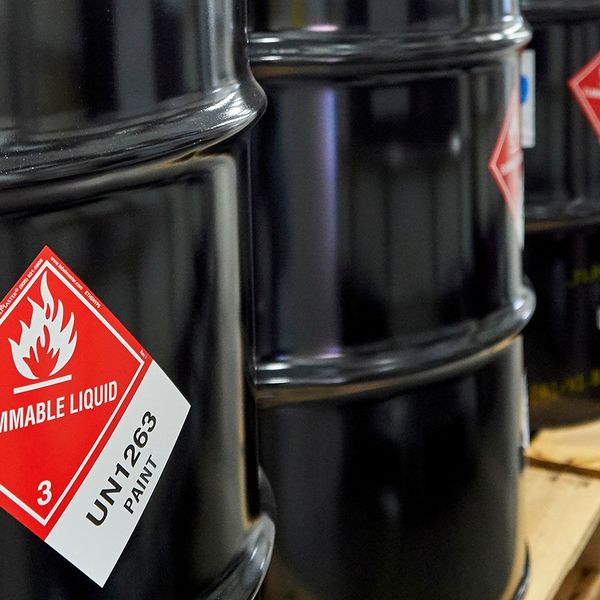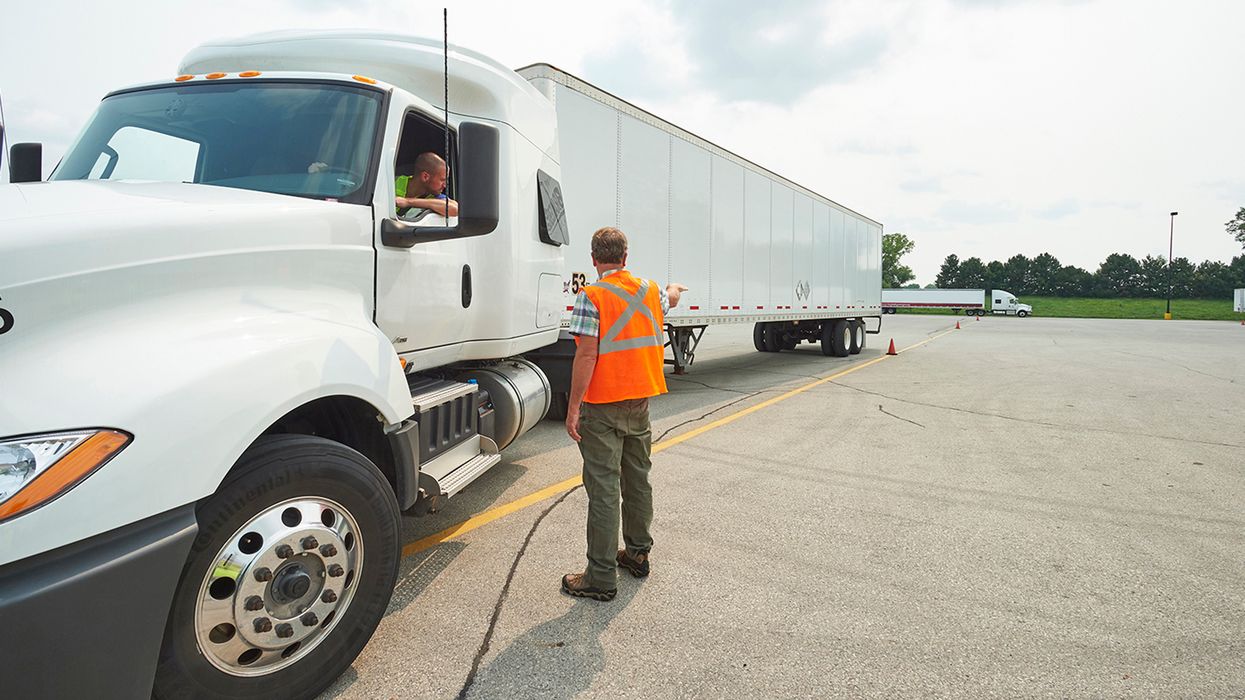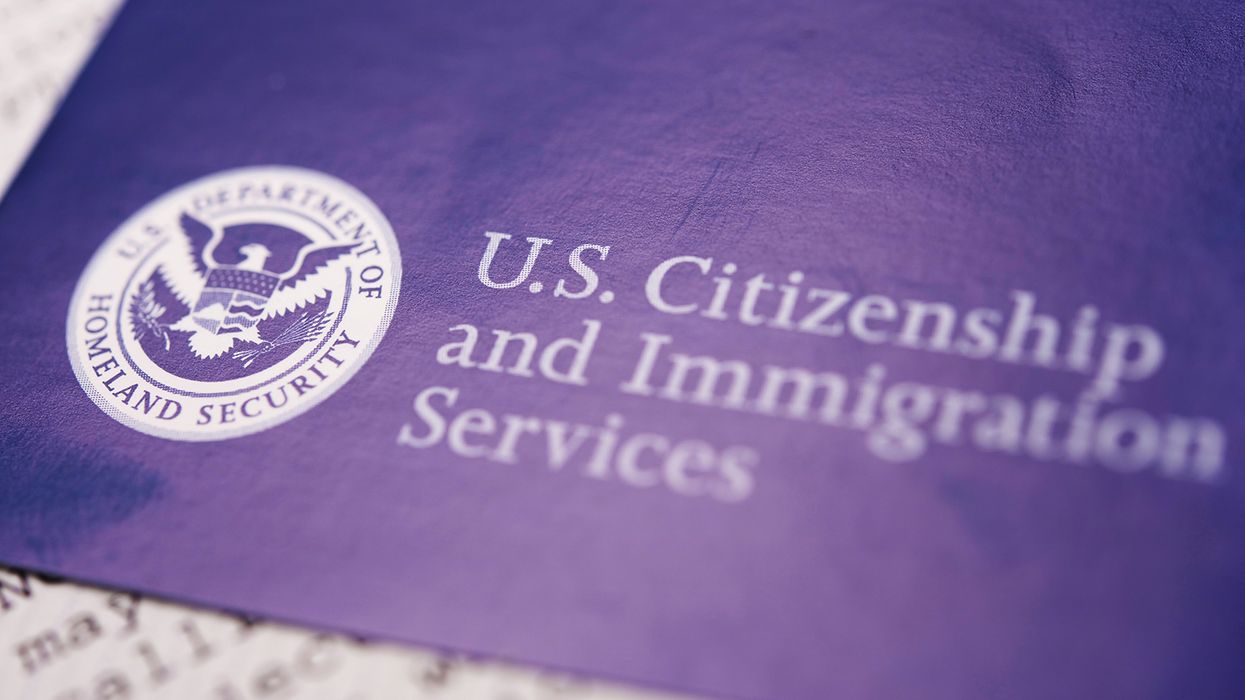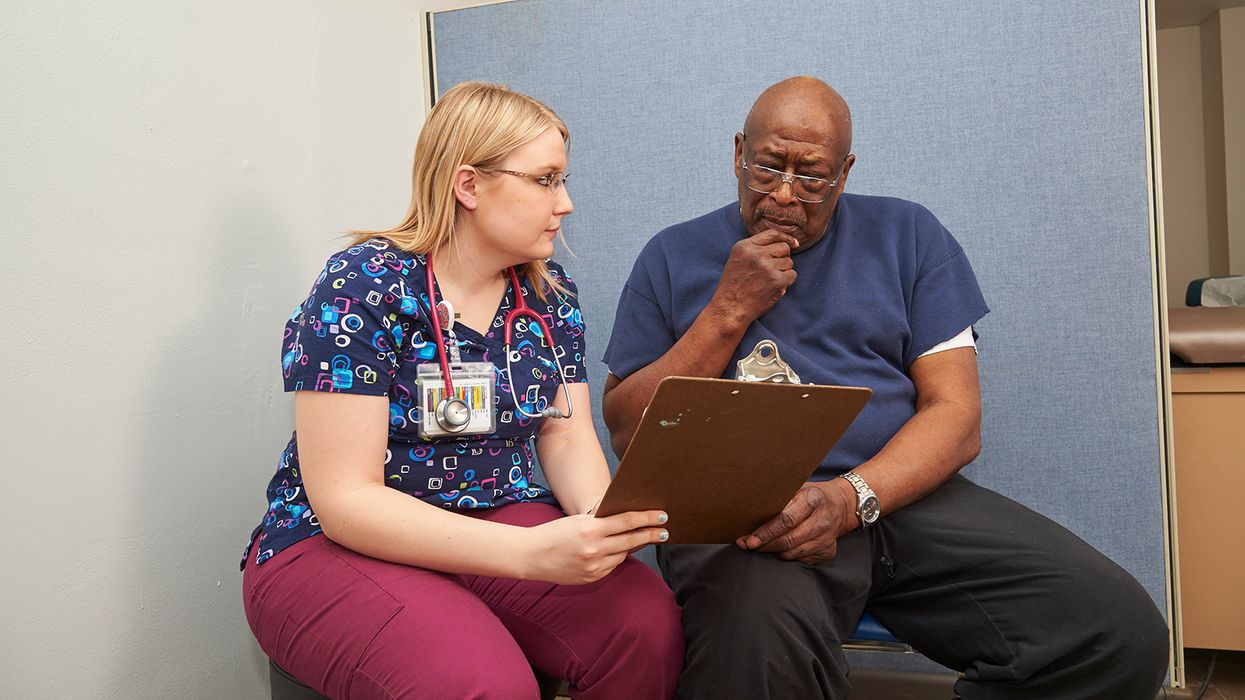Harmonized changes to the proposed RMP rule and PSM considerations
Shortly after the EPA published the proposed amendments to the Risk Management Program (RMP) rule, the Occupational Safety and Health Administration (OSHA) announced potential revisions to its standard on Process Safety Management of Highly Hazardous Chemicals (PSM) in August (2022). This should come as no surprise since the PSM and RMP rules were written to complement each other. The Clean Air Act Amendments of 1990 required OSHA to adopt the PSM standard to protect workers and required EPA to protect the community and environment by issuing the RMP. Congressional direction required that the agencies work together. Over the years the agencies have often coordinated on the RMP and PSM rules. In 2017, the EPA adopted final amendments the RMP (which were later modified in 2019). However, OSHA has not updated its PSM standard since the original 1992 promulgation.
Many of the potential changes that OSHA is considering, address topics within the EPA’s proposed RMP rule amendments. One of OSHA’s potential considerations seeks to expand the scope of the PSM standard to include oil- and gas-well drilling and servicing, as well as resuming enforcement for oil and gas production facilities. These potential changes are currently within the scope of the EPA’s RMP rule.
The EPA’s proposed changes under the Prevention Program (Subparts C and D) include a provision for employee participation not previously addressed in prior RMP rules. The EPA seeks to require employee participation in resolving process hazard analyses, compliance audit and incident investigation recommendations and findings. Similarly, OSHA is also considering expanding its current provisions to strengthen employee participation and include stop work authority.
Both agencies are also considering process hazard analyses (PHA). The EPA’s proposed amendments under the prevention program include new provisions requiring a justification in the Risk Management Plan when hazard evaluation recommendations are not adopted for natural hazards and power loss, facility siting, safer technologies, and alternatives analysis and third-part compliance audits. These provisions though not entirely new to the PSM are under consideration by OSHA to expand current provisions and to require formal resolution of PHA team recommendations that are not utilized.
Both agencies appear to be extending coordination efforts with local emergency response stakeholders. Proposed amendments to the RMP under Subpart E include community notification of RMP accidents requiring non-responding RMP facilities to develop procedures for informing the public about accidental releases; And requiring release notification data be provided to local responders. In the same vein OSHA is considering revisions to the provision on emergency planning and response to require coordination of emergency planning with local emergency-response authorities.
Recognized and generally accepted good engineering practices (RAGAGEP) are under consideration by both agencies. The EPA has proposed changes to make Program 2 and Program 3 requirements consistent in this area. While OSHA is considering amendments to include a definition of RAGAGE and to require evaluation of updates to applicable recognized and generally accepted as good engineering practices.
Written comments related to OSHA’s potential PSM changes are due November 14, 2022. Comments related to the EPA’s proposed RMP rule are due October 31, 2022.
Key to remember: The PSM and RMP rules were written to complement each other and many of the potential changes that OSHA is considering, address topics within the EPA’s proposed RMP rule amendments.



















































